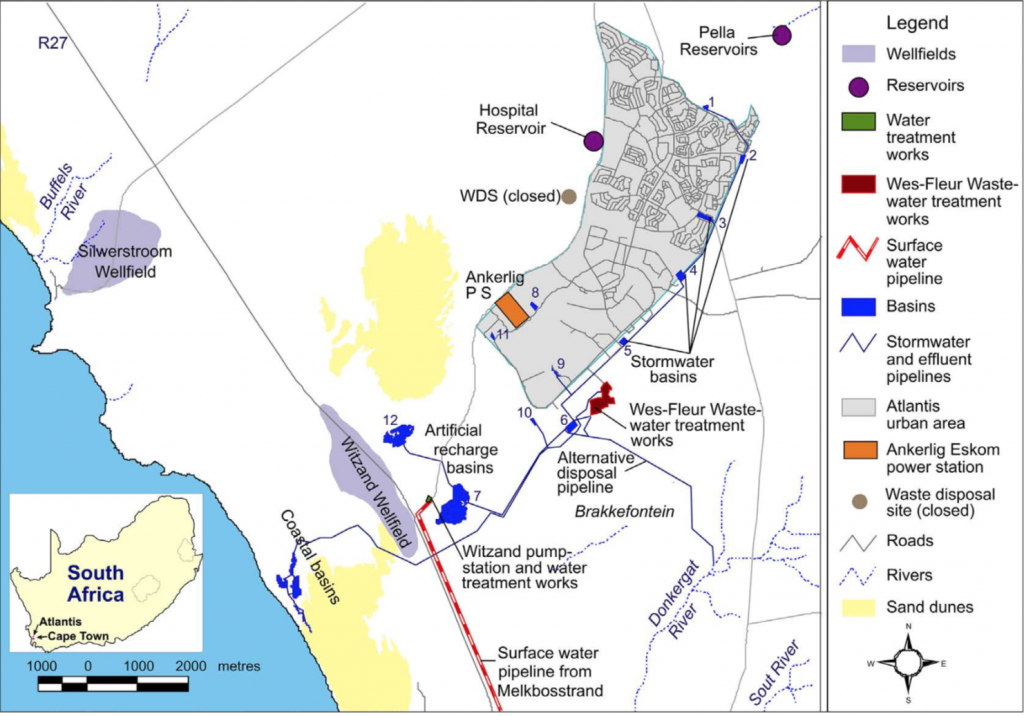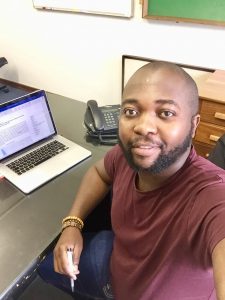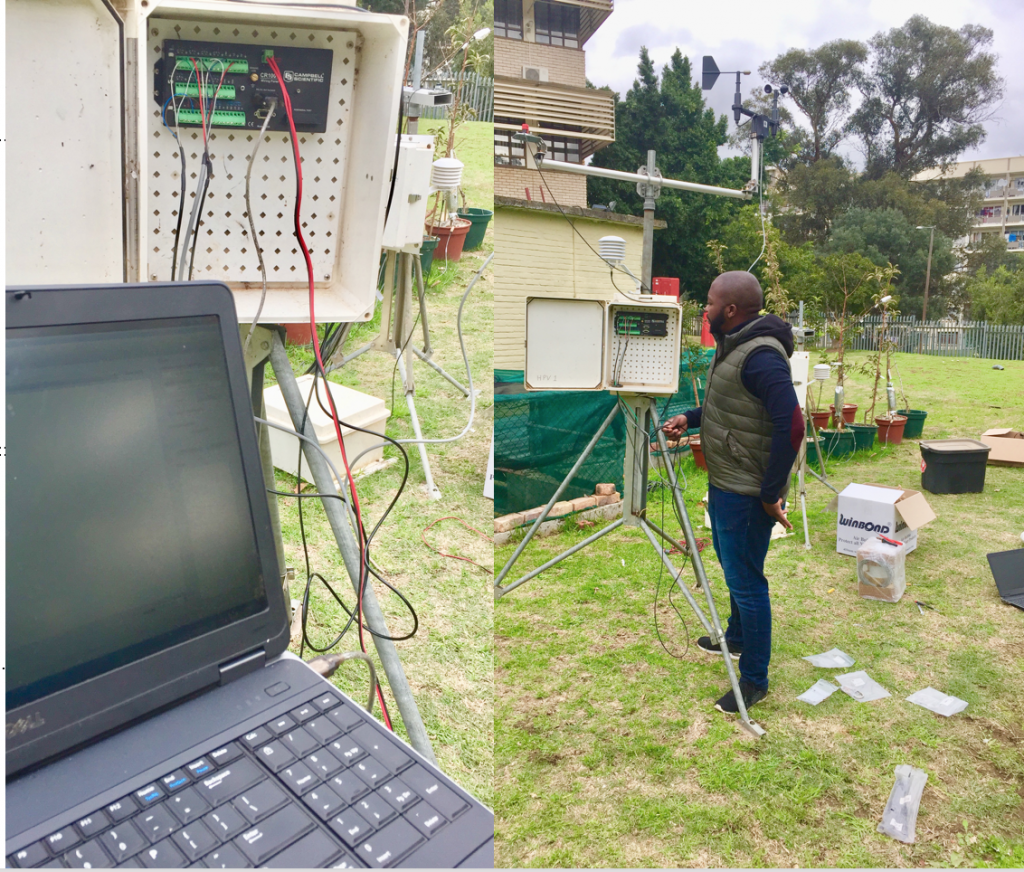 Today I had a chance to learn how a Weather Station is installed. This Weather Station consist of sensors that are used to produce Data for wind speed, rainfall, humidity and daily temperatures that will be used to make proper arguments concerning the project at Atlantis, South Africa. All data received from the CR1000 logger is accumulated by connecting a PC.
Today I had a chance to learn how a Weather Station is installed. This Weather Station consist of sensors that are used to produce Data for wind speed, rainfall, humidity and daily temperatures that will be used to make proper arguments concerning the project at Atlantis, South Africa. All data received from the CR1000 logger is accumulated by connecting a PC.
Why is it important to have a weather station??
In order to understand the impacts of Alien invasive species on aquifers, we also have to know the climatic conditions of that area e.g how much rainfall has been received during the period of the research and how much of groundwater is being deducted by the invasive trees when temperatures are high etc .
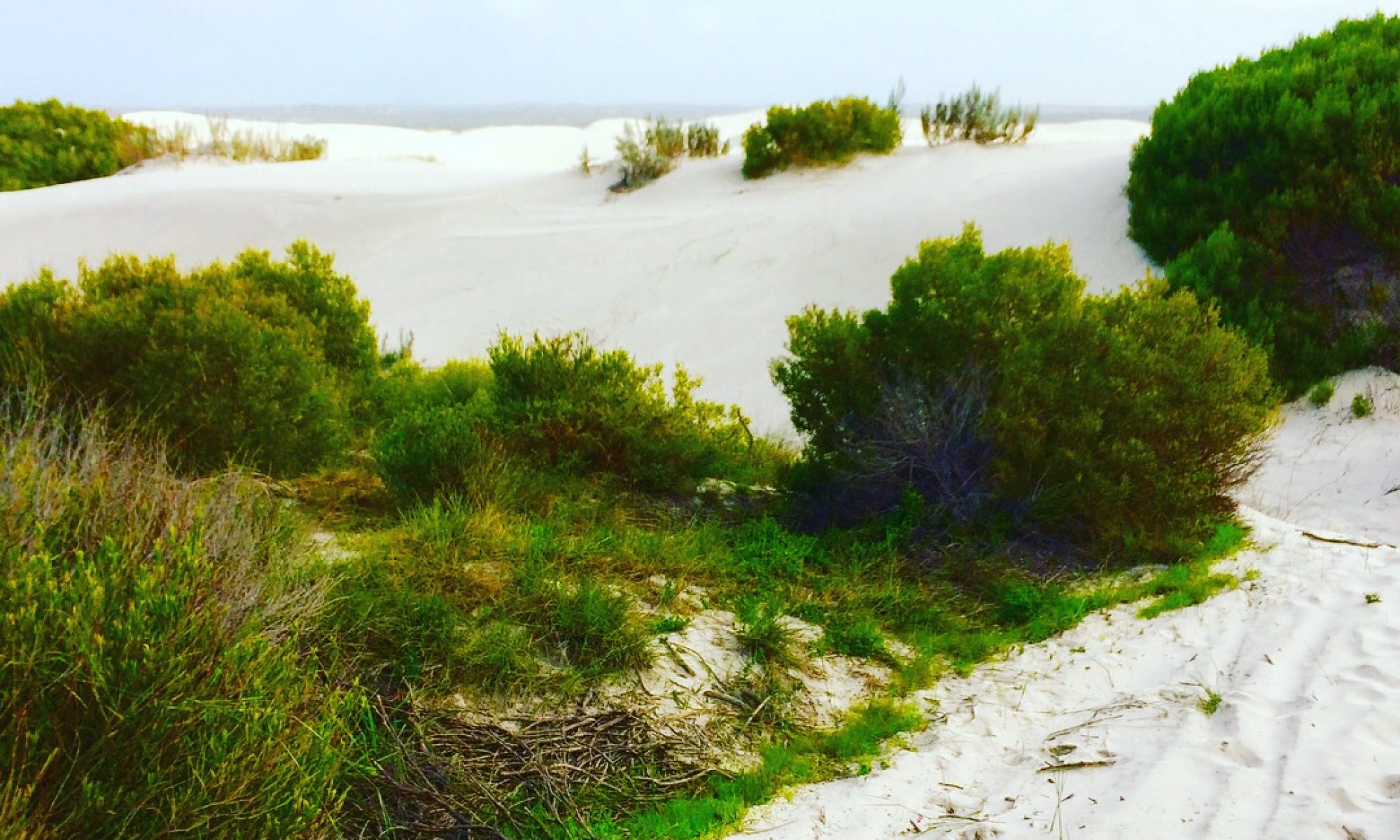
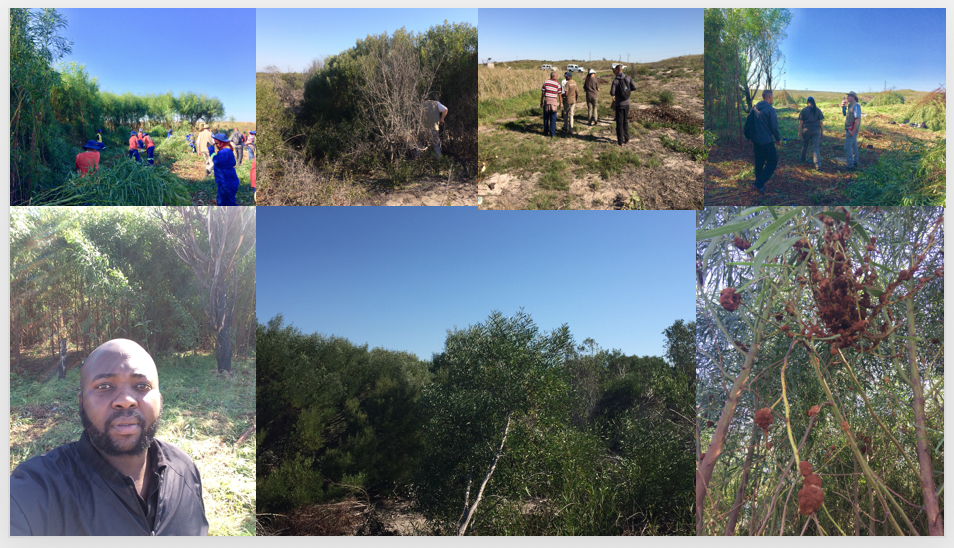
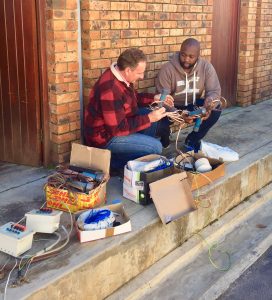 It was an interesting day for me today with my Host supervisors Dr. Mark Gush and Dr. Richard Bugan preparing the equipment that will be used for my research at Atlantis in Cape Town, South Africa. We will be looking at the
It was an interesting day for me today with my Host supervisors Dr. Mark Gush and Dr. Richard Bugan preparing the equipment that will be used for my research at Atlantis in Cape Town, South Africa. We will be looking at the 